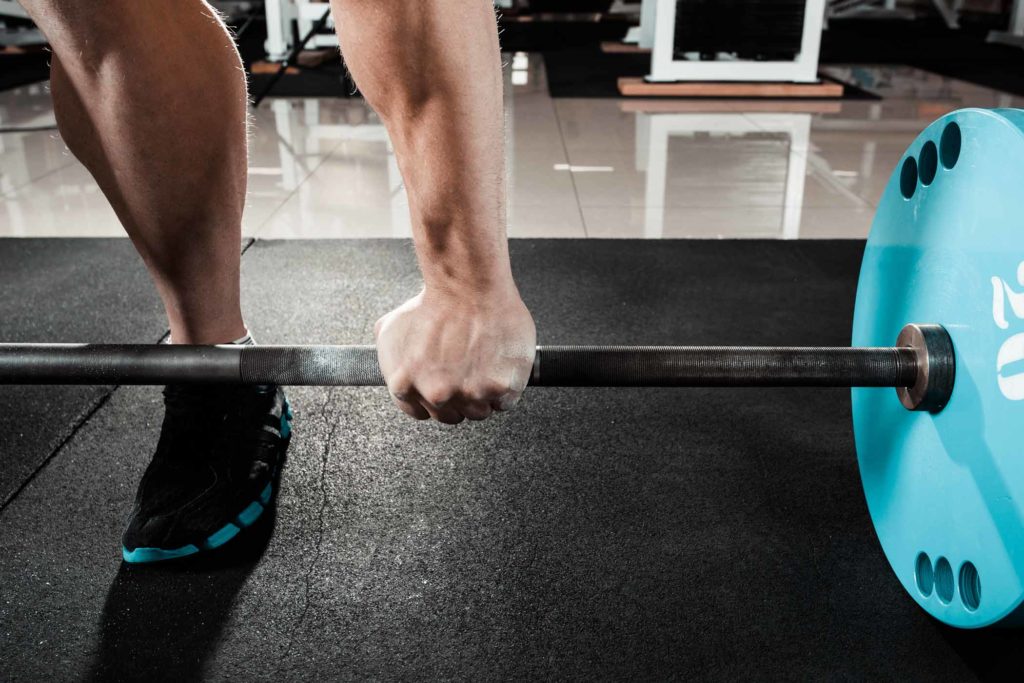
Tendonitis is one of the most commonly diagnosed orthopedic conditions. It occurs when there is inflammation of the tendon tissue, most commonly as a result of overuse or injury. Symptoms of tendonitis include pain, weakness in the muscle, limited range of movement and stiffness. The symptoms are similar to another commonly diagnosed orthopedic condition, bursitis. The two terms are often used interchangeably – which can be confusing for some patients.
Although tendonitis and bursitis both mean inflammation of a tissue structure, they are different in a few ways. If a patient has tendonitis, the tendon, which is a band-like structure that serves to connect muscle to bone, becomes inflamed. In bursitis, small fluid-filled sacs called bursa become inflamed. Bursa develops in joints that have prominent bones, like the shoulder, hip, and knee, and the bursa serves as a cushion to allow the tendon to move over the bone as intended. When the bursa sac becomes inflamed or irritated, bursitis develops. Bursitis can also develop as a result of tendonitis.
Although technically two different medical conditions, many times, the two conditions are intertwined. The inflammation can spread from one tissue to the other, especially when affected tissues that are close in proximity. Despite being related, there are times the conditions occur independently of the other.
In most cases, the treatment protocol for tendonitis and bursitis is the same, but the methods may vary depending upon the location of the inflammation. Common treatments of inflammation include self-care steps such as rest, ice and the use of nonsteroidal anti-inflammatory medications, or NSAIDs, like naproxen sodium. More serious medical interventions include the use of cortisone injections. These injections, deliver the steroid cortisone right into the site of inflammation and are typically used when the inflammation and pain of these conditions are persistent, and the patient is not finding relief with self-care treatments or pain relievers.
Many patients have found temporary relief from self-care treatments and cortisone injection therapy. However, for many other patients, their condition is so severe that they require surgery for pain. While surgery can bring pain relief, the downside to surgery is that traditional surgical options are major interventions, require a significant recovery period and are very painful. “With traditional surgical treatments for tendonitis, patients can expect a recovery period of several months with limited activity,” says Dr. Michael W. Budler, M.D. Budler practices interventional radiology in Grand Island, Nebraska, and treats patients who have long suffered the pain of tendonitis.
“In most patients, tendonitis develops as a result of repetitive motion,” explains Budler. Repetitive motions, such as swinging a hammer or using other tools, can cause the condition. Less obvious causes can include clicking a computer mouse and typing text messages on a cellphone. Tendonitis also frequently develops from using an improper form from weightlifting, swinging a golf club or tennis racket – i.e., tennis elbow. Tendonitis can develop slowly, and initially may appear to just be a nagging pain. Many patients simply learn to live with the pain by simply avoiding certain activities, and taking over the counter pain relievers,” says Budler.
Budler treats cases of tendonitis with Tenex TX1, a form of ultrasonic surgery that targets chronically inflamed tissue. By using Tenex TX1, Budler can excise only the damaged tissue, leaving the healthy surrounding tendon intact. Patients who undergo Tenex TX 1 therapy have an easier recovery than traditional surgical patients with their recovery time shortened significantly. “Tenex TX1 patients have one-quarter the recovery period than their peers who choose traditional surgery routes,” says Budler.
The Tenex TX1 tendonitis procedure involves a micro-incision in the area of the affected tendon. Budler inserts a small, ultrasonic probe into the incision, and using low-frequency ultrasound is able to cut away and remove the damaged tissue. Patients undergoing Tenex TX1 do not even require stitches after the procedure, and simply receive a bandage over the incision site after the procedure is completed.
Recovery time for most patients is two to four weeks, with limited activity, but most patients return to daily life and their favorite activities quickly. Patients report immediate relief from their condition, and results of the Tenex TX1 are permanent.
